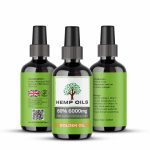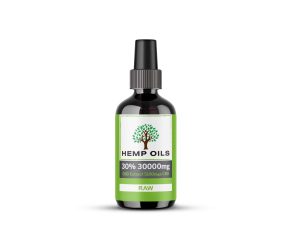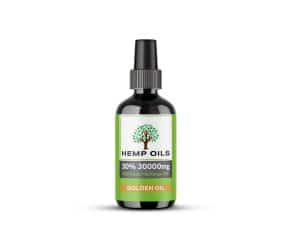Understanding CBD Oil: Broad Spectrum vs. Full Spectrum
CBD oil has gained significant popularity in recent years for its potential health benefits. However, not all CBD oils are created equal. Two common types of CBD oil are broad spectrum and full spectrum. While they may sound similar, there are distinct differences between the two. This article aims to provide a comprehensive understanding of broad spectrum and full spectrum CBD oils, exploring their definitions, benefits, and notable features. By deciphering these differences, consumers can make an informed decision when choosing the right CBD oil for their needs.
===
Defining Broad Spectrum CBD Oil and its Benefits
Broad spectrum CBD oil is a type of CBD extract that contains a wide range of cannabinoids, terpenes, and other beneficial compounds found in the cannabis plant. However, it undergoes an additional refinement process to remove any traces of THC, the psychoactive compound responsible for the "high" associated with cannabis. As a result, broad spectrum CBD oil provides the potential therapeutic benefits of CBD without the mind-altering effects of THC. This makes it an attractive option for individuals seeking the potential health benefits of CBD without the risk of experiencing any psychoactive side effects. Furthermore, broad spectrum CBD oil often retains the entourage effect, where the various compounds work together synergistically to enhance their individual benefits.
Exploring Full Spectrum CBD Oil and its Notable Features
Full spectrum CBD oil, on the other hand, contains not only CBD but also all the other naturally occurring compounds found in the cannabis plant, including THC. Although the THC content is limited to a legal maximum of 0.3%, it may still be enough to cause a mild psychoactive effect in some individuals. This low concentration of THC is unlikely to produce significant intoxication, but it is essential to consider personal sensitivity and any legal implications. Full spectrum CBD oil is believed to provide the most comprehensive range of potential health benefits due to the combination of cannabinoids, terpenes, and other compounds working together synergistically. This phenomenon, known as the entourage effect, suggests that the various compounds enhance each other’s effects, resulting in a more potent and effective product.
Deciphering the Differences: Broad Spectrum vs. Full Spectrum
The primary difference between broad spectrum and full spectrum CBD oil lies in the presence of THC. While broad spectrum CBD oil is entirely free of THC, full spectrum CBD oil contains trace amounts that are within the legal limit. Consequently, broad spectrum CBD oil is ideal for individuals who want to experience the potential therapeutic benefits of CBD without any psychoactive effects. On the other hand, full spectrum CBD oil is suitable for those who seek the entourage effect and are comfortable with the minimal THC content. Additionally, broad spectrum CBD oil may be preferred by individuals who are subjected to regular drug tests, as it eliminates any concerns regarding the presence of THC.
In conclusion, the differences between broad spectrum and full spectrum CBD oil lie in the presence of THC and the potential benefits they offer. Broad spectrum CBD oil provides the potential therapeutic benefits of CBD without any psychoactive effects, making it a suitable choice for those who want to avoid THC. On the other hand, full spectrum CBD oil contains trace amounts of THC, offering the entourage effect and potentially enhanced effects. It is essential for consumers to consider their individual preferences, sensitivity to THC, and any legal implications before selecting the ideal CBD oil for their needs. By understanding these distinctions, individuals can make an informed decision and unlock the potential benefits of CBD oil.




